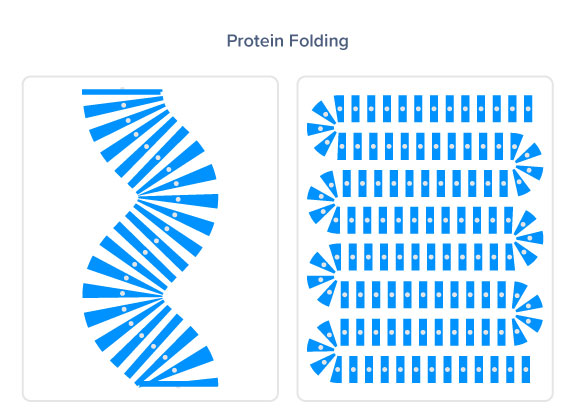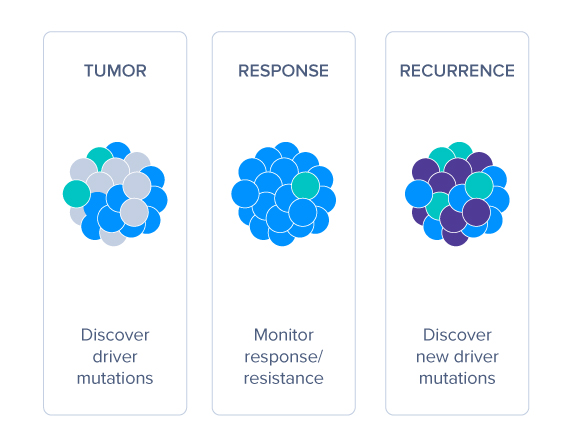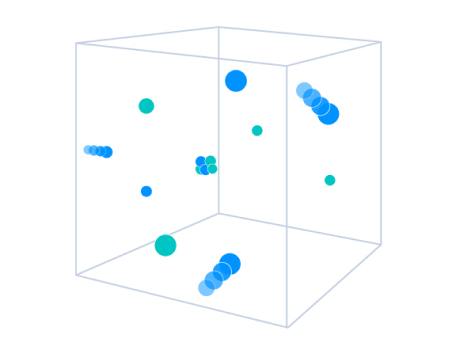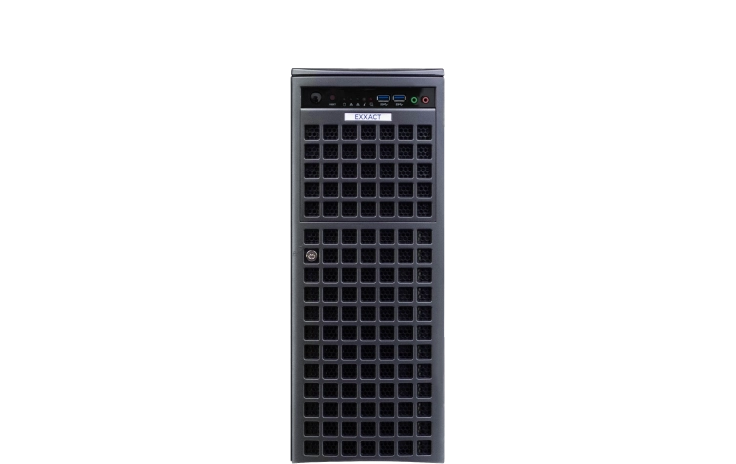Protein Imaging with Cryo-EM
Cryo-EM freezes, captures, and stacks thousands of images to visualize proteins and molecules. RELION's deep learning algorithm develops 3D structures by stacking cryo-EM datasets.
Biomolecular Simulation
Molecular Dynamics applications simulate molecular tendencies helping scientists analyze atomic behavior. Deep learning and AI accelerate large simulations in granular detail.
Future Protein Prediction
Some proteins are difficult to image with cryo-EM. Recently developed AlphaFold2 and RoseTTAFold use AI neural networks to accurately model protein from their amino acid sequence.


Recently Discovered and Recognized
Protein Folding and AI Assisted Prediction


Proteins are the working molecules that perform vast functions in every living cell and are made up of long chains of amino acids that have a 1-to-1 correlation to how proteins fold. Its 3D shape dictates the properties of a protein and being able to predict how new proteins fold helps scientists determine its functions.
AI-powered algorithms RoseTTAFold and AlphaFold 2 enable the prediction of protein 3D structures with high confidence. By revealing a protein structure and how it folds, scientists can understand how proteins function and interact. The breakthrough could see significant advancements in drug discovery and material science.


Parsing through Millions of Data Points
Genomics Diagnostics


Genomics is the study of molecular biology that specifically targets the structure, order, function, and mapping of genome and DNA. Whole-genome sequencing can help identify the genetic cause of a disease, which help scientists potentially modify and correct genomes for the best treatments.
AI applications in the genomics space vary from variant analysis of diseased cells, genetic editing of faulty DNA, or even universal and personal drug discovery. With modern, advanced ML/DL, multiple layers of information can help sort the human genome much finer and more in-depth, in as little as 7 hours versus weeks.
Solutions with NVIDIA RAPIDS and NVIDIA CLARA; with applications for medical devices (Clara Holoscan), genomics (Clara Parabricks), drug discovery (Clara Discovery), and more; give way for AI accelerated genomics to potentially and fundamentally change critical care and patient diagnosis.


Molecular Dynamics and HPC





